Your cart is currently empty!
Month: October 2020
-
First Frost
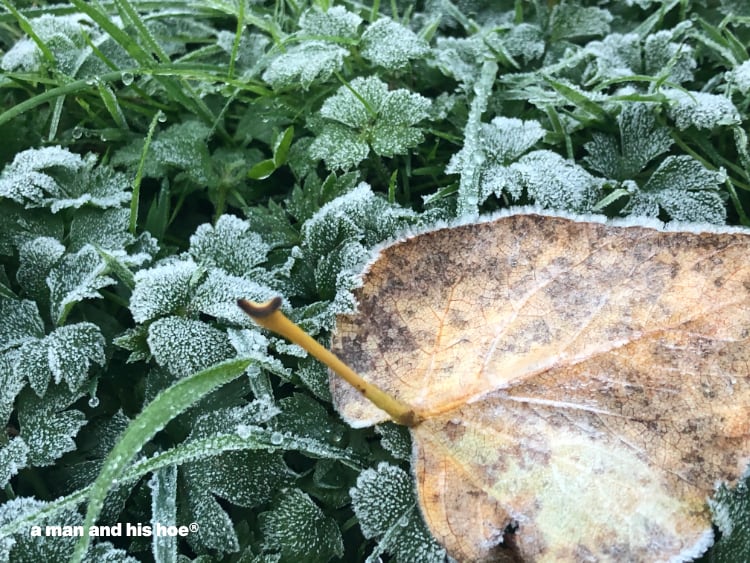
We had our first frost yesterday. A very light frost. Just enough to dust the grass and fallen leaves. The forecast is for a freeze this weekend, maybe enough to make the wet ground crunch when you walk on it.
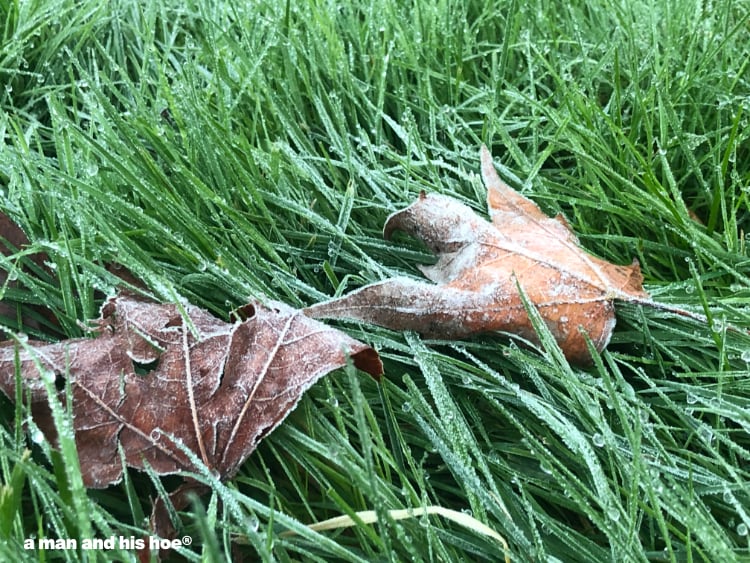



Yesterday’s sunshine has turned into a cold, windy mist this morning. Winter is coming and so are the swans. I’ve already seen flocks of snow geese flying overhead. And heard them too. Once, late at night, flying invisibly through the night sky. It’s amazing that these birds make these epic journeys without carrying any baggage. If humans could take to the skies like birds, we’d be burdened down with bags strapped to our backs, dangling from our bellies, small packs filled with goods clinging to our legs and arms, and head braces holding our phones in front of our faces so we have something to see when we get bored by earth’s incredible beauty below us.
But snow greese and swans take flight with nothing. They arrive with nothing. But from their chatter and honking, they seem perfectly happy.
-
Too Wet to Burn

The woods are too wet to burn. You could pour gasoline on them and they wouldn’t catch fire. But let there be a sliver of a break in the clouds at sunset, and the whole forest is ablaze.
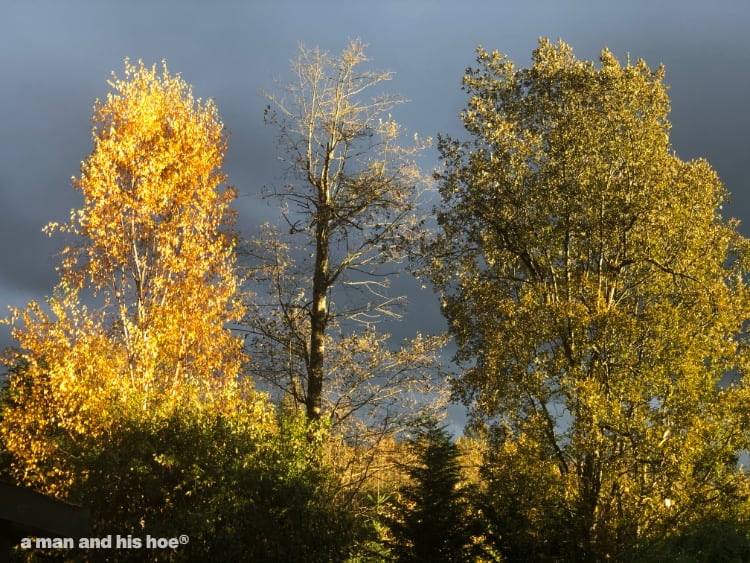

Against the dark clouds, as thick and heavy as wet wool, the cottonwoods shine brightly. You can’t live in the Pacific Northwest if you don’t love clouds, appreciate infinite shades of gray and green, and don’t even notice that every time you go outside, you get wet. Umbrellas are more nuisance than help. Humans have waterproof skin. Hair dries. Let the mist cool your face. Let the rain dampen your hair.

-
Eyes Wide Shut

The nice thing about going to the post office on a bicycle is that you travel slow enough to see new things.
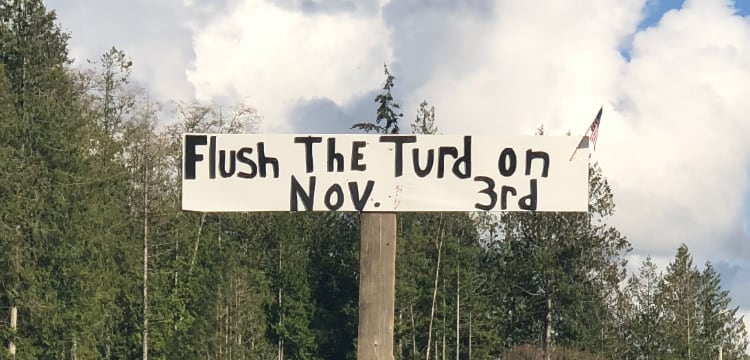
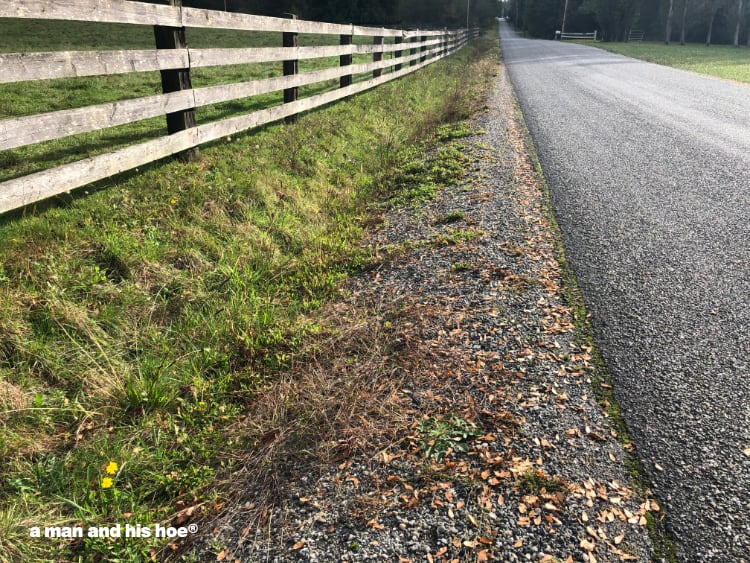
And see things that have always been there, in plain sight, but you’ve never seen before. It looks like the same ol’ same ol’ ditch I go by not far from home, but for some reason when I went by a few days ago, I saw something for the first time in the fifteen years I’ve been going by this ditch.
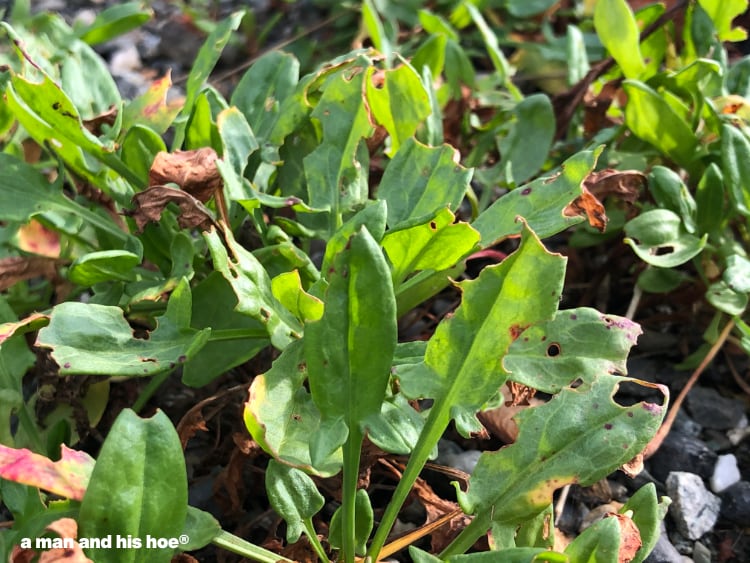
Sorrel. One bunch of sorrel after the other. Enough sorrel to make a thousand salads and soups. How did I not see this before? Someone didn’t come by this week and plant all this sorrel. From one seed many years ago, a sorrel took root in this ditch and spread. Maybe if I had gone by with my ears open too, I would have heard the sorrel calling, “We’re here! Down here! Look down here!”

-
The End of Flowers

It is the end of flowers, or so it seems. The time of flowers is closing. Just a few remain.
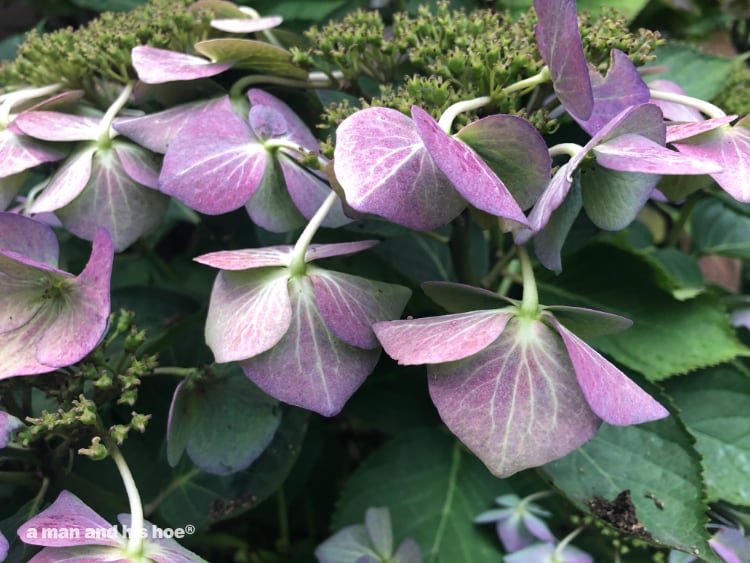
The lovely hydrangeas have gone to subtle leathery shades. By now a diligent gardener would have snipped them clean. “Cut them back and they’ll bloom better next year,” I’ve been admonished. But things dying have a gentle beauty of their own.
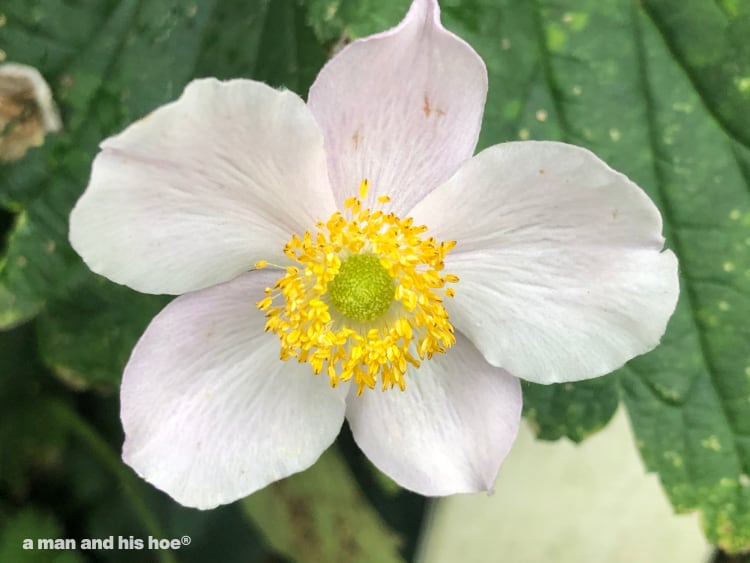
What is it like to be the last flower left?
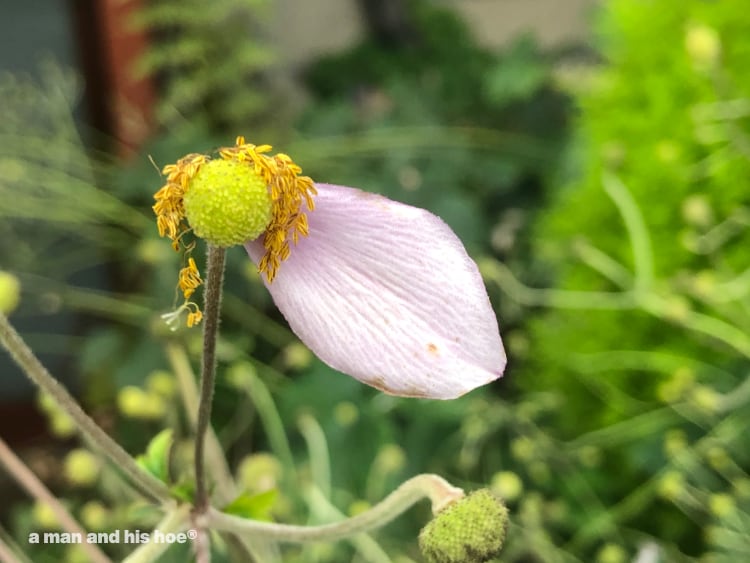
To be the last petal clinging? To know that you are all that keeps the end of flowers from happening?
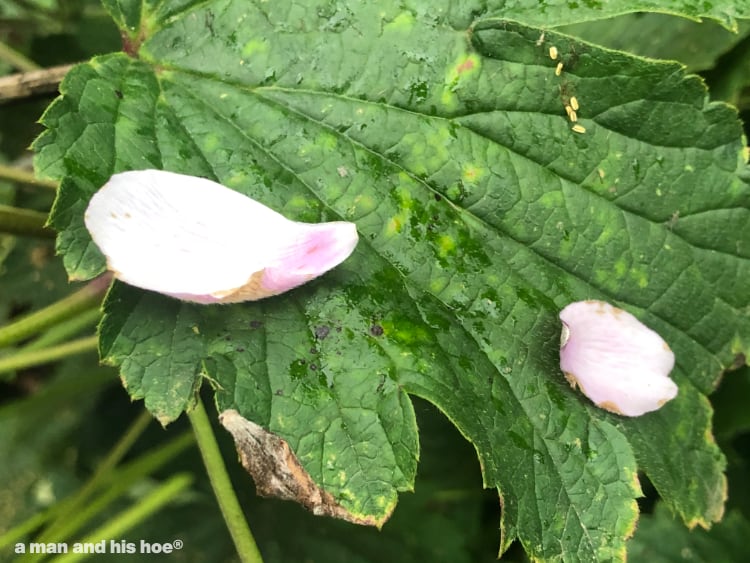
To take one last gasp and float down to oblivion?
It takes 225 to 250 million years for the sun to make one orbit around the galaxy. 125 million years or so from now, earthlings peering through telescopes will be looking at the other side of the galaxy.
Traveling at the speed of light, it would take 100,000 years to reach the other side. Or you could stay put on earth and get there in 125 million years. Though, since everything else is swirling around too, can you really say you are on the other side?
That far in the future, will anyone be noticing the ending of another season of flowers? I like to think so, though what will humans even be 125 million years from now?
-
20201010

I didn’t realize today’s date was so special until I sat down to write this. 20 20 10 10. Strung together, 20201010, it almost looks like code. I wonder if someone in the year 1010, on October 10, wrote down 10101010, paused, looked at it, and had a fleeting thought about it being so binary.
Fall has deepened. The leaves are starting to pile up. Between the intermittent cloud breaks, the sky is a deep autumn blue.



The birds have discovered the ripe Asian pears, 梨 (nashi). We’ve had so many I don’t mind. Is it the Stellar’s Jays, the Pileated Woodpeckers, or the Flickers that have found them? I’m guessing it is the Stellar’s Jays. And where did that name come from? From a German scientist, Georg Wilhelm Steller. Talk about a hard life. It took him ten years to reach Alaska. He didn’t even make it to the mainland. The boat he was on landed on Kayak Island off the coast of central Alaska. The captain wanted to stay just long enough to get water. Steller pleaded for more time to explore the island. The captain gave him 10 hours.
The crew was shipwrecked on their way back to Russia. They spent the winter on Bering Island where the captain died. They built a boat out of material salvaged from their wreck, and made their way back to Russia. But Georg Steller never made it back to his wife who stayed in St. Petersburg. On his way home he died of a fever at the age of only 37.
Talk about a sad, tragic tale. And I never would have known this if a Steller’s Jay hadn’t pecked at a ripe nashi by the garden making me wonder, where did that name come from?
What other names are there for these birds? The Chinook call them Iqesqes. In Lushootseed, one of the Salish languages of this area, they are called Kaykay.

Come to think of it, each year a Pileated Woodpecker or two finishes off the apples. It’s been a few months since I’ve seen any.
There are still plenty of big, ripe nashi to eat. I culled 75% of them at the start of summer and it paid off. This October I have the biggest, sweetest nashi I’ve ever had. Next year I may cull even more. It does make me wonder if I cull all of them save for one, will that one nashi grow to be the size of a basketball?


I received this wonderful hat woven from Merino wool by a wonderful person wanting to exchange it for some miso. It will be a wonderful reminder of 20201010. She threw in some nira ニラ seeds in too. I’ll remember 20201010 and Georg Steller when I harvest them.